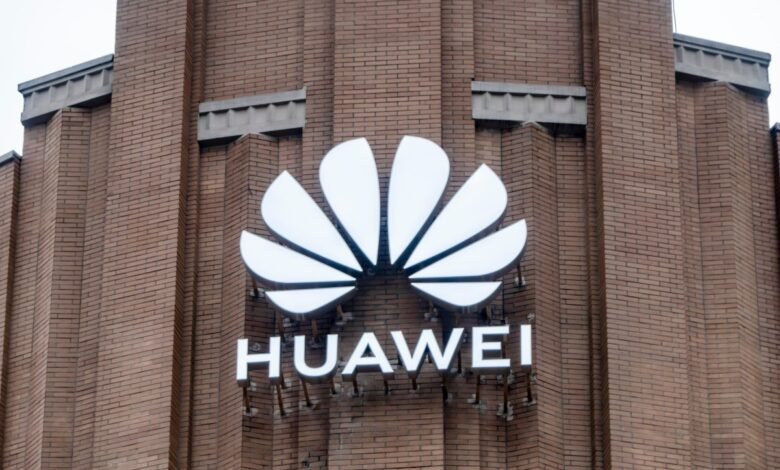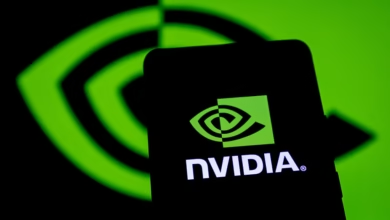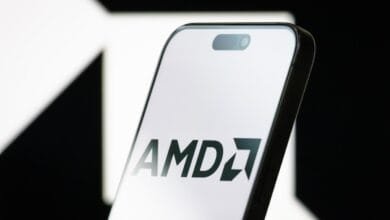Huawei Unveils New AI Infrastructure Amid Nvidia’s China Exit

▼ Summary
– Huawei introduced new AI infrastructure to enhance compute power and compete with Nvidia.
– The SuperPoD Interconnect technology can link up to 15,000 graphics cards, including Huawei’s Ascend AI chips.
– This technology appears to rival Nvidia’s NVLink infrastructure for high-speed AI chip communication.
– Clustering Huawei’s less powerful AI chips together provides users with more compute power for AI training and scaling.
– The announcement follows China’s ban on domestic companies buying Nvidia hardware, including specific servers for the Chinese market.
Huawei has introduced a major new artificial intelligence infrastructure platform designed to significantly enhance computing capabilities and strengthen its position in the global semiconductor market. The announcement arrives at a pivotal moment, as the company seeks to fill the void left by competitors exiting key regions.
During a keynote presentation at the Huawei Connect conference, the Shenzhen-based firm revealed its SuperPoD Interconnect technology, a system capable of linking as many as 15,000 graphics processing units. This includes Huawei’s proprietary Ascend AI chips, creating a unified and highly scalable compute environment. The architecture appears to function as a direct alternative to Nvidia’s NVLink, which enables rapid data exchange between AI processors.
Such interconnectivity is essential for Huawei to remain competitive, especially since its individual AI chips currently lag behind Nvidia’s in raw performance. By clustering these chips together, the company can deliver the collective computational muscle required for training sophisticated AI models and supporting large-scale deployments. This approach allows clients to achieve high-performance outcomes without relying on market-leading standalone hardware.
The timing of this launch is particularly strategic. It follows closely on the heels of China’s recent prohibition on domestic firms purchasing certain Nvidia products, including the RTX Pro 600D servers tailored for the Chinese market. With access to foreign alternatives increasingly restricted, homegrown solutions like Huawei’s are gaining urgency and attention.
Industry observers are watching closely to see how this development will influence the balance of power in the AI hardware sector, especially as geopolitical factors continue to reshape global supply chains and technology partnerships.
(Source: TechCrunch)


One Comment